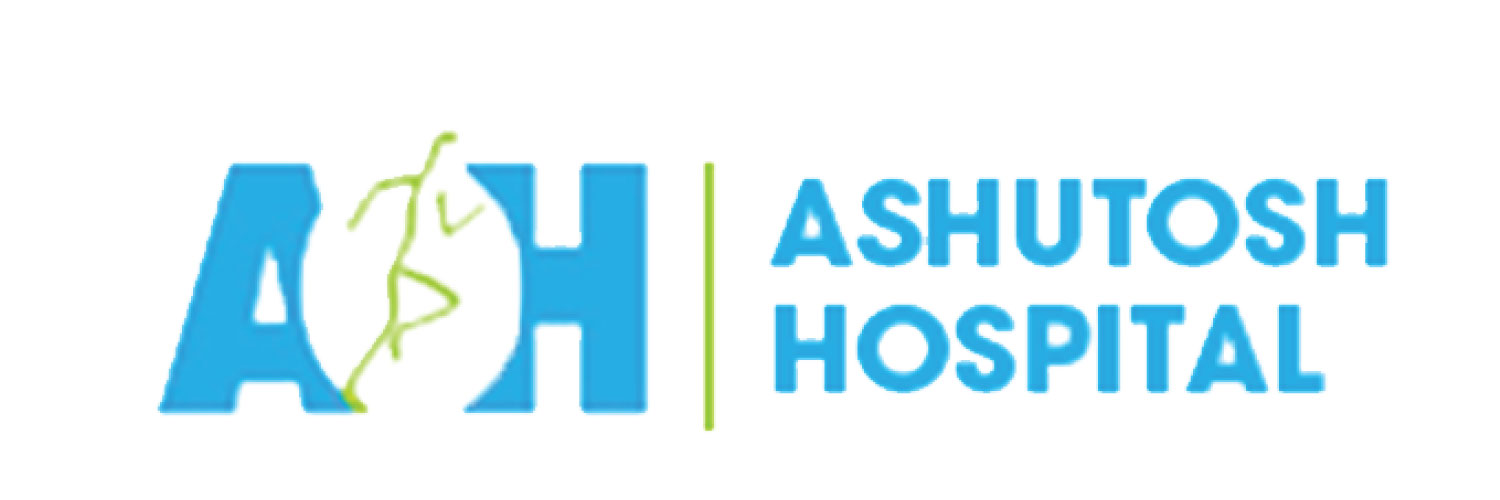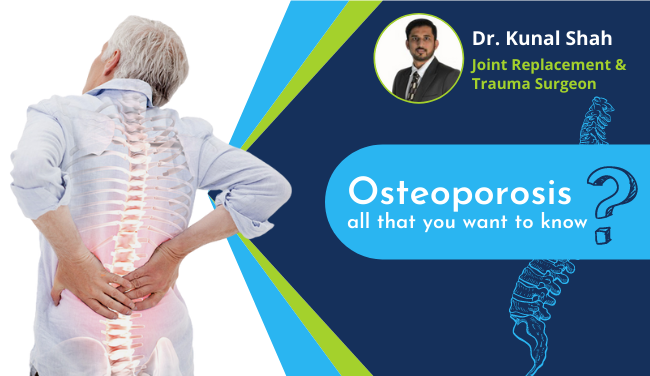The indications for the use of biologic adjuvants in the treatment of orthopaedic conditions continues to expand. Basic science has demonstrated the potential application of stem cells and other biologic agents in various orthopaedic conditions like tendinopathies, osteoarthritis, and other musculoskeletal injuries.
We have been using PRP (Platelet Rich plasma) for the past few years. The results have been very encouraging. The most common conditions in which we use these are listed below.
- Early Osteoarthritis of the knee – The results of PRP in such cases is fairly good. Most patients experience good pain relief and increased range of motion by the end of 2-4 weeks. Unlike intra articular steroid injections, there is no damage or weakening of the ligaments and hardly any chance of infection.
- Tennis Elbow – Resistant tennis elbow, which is not responsive to physiotherapy and analgesics, responds very well to PRP injections. A small dose of PRP is injected in the lateral epicondyle, the site of inflammation in such cases. Most people experience complete and permanent pain relief after the first dose itself.
- Plantar Fascitis – Heel pain is one of the most common orthopaedic issue in the Middle age. Multiple etiologies have been proposed and modalities including electrotherapy, exercise, and local steroid injection have been recommended. However, in resistant planter fascitis, PRP gives excellent results without any side-effects.
The procedure of obtaining PRP is fairly simple. About 30ml of blood is taken from the patient and centrifuged for 20 min. The isolated PRP residue is collected and instilled with the help of a special syringe. The patient is discharged within half an hour of the procedure. Since it is an outpatient procedure, it reduces cost of hospital stay. Non steroidal anti inflammatory drugs (NSAIDS) are avoided for a few days before and after the procedure since they may impair platelet function.
Biologic agents especially PRP (Platelet Rich Plasma) offer several advantages over steroid injections.
- There is hardly any chance of infection as it does not reduce local immunity.
- Since it is derived from the patient’s blood, there are no chances of allergic reactions or other side effects like skin disclouration.
- Since there is regeneration of the cartilage or muscle tissue, the beneficial effects are long lasting. The anti inflammatory effect of steroids wears off after a few weeks.
- It can also be combined with surgical procedures like menisectomy, joint debridement etc. Steroids when given along with such procedures do increase the chance of healing complications.
All these make biologic agents an extremely attractive modality in treatment of indicated musculoskeletal disorders.





